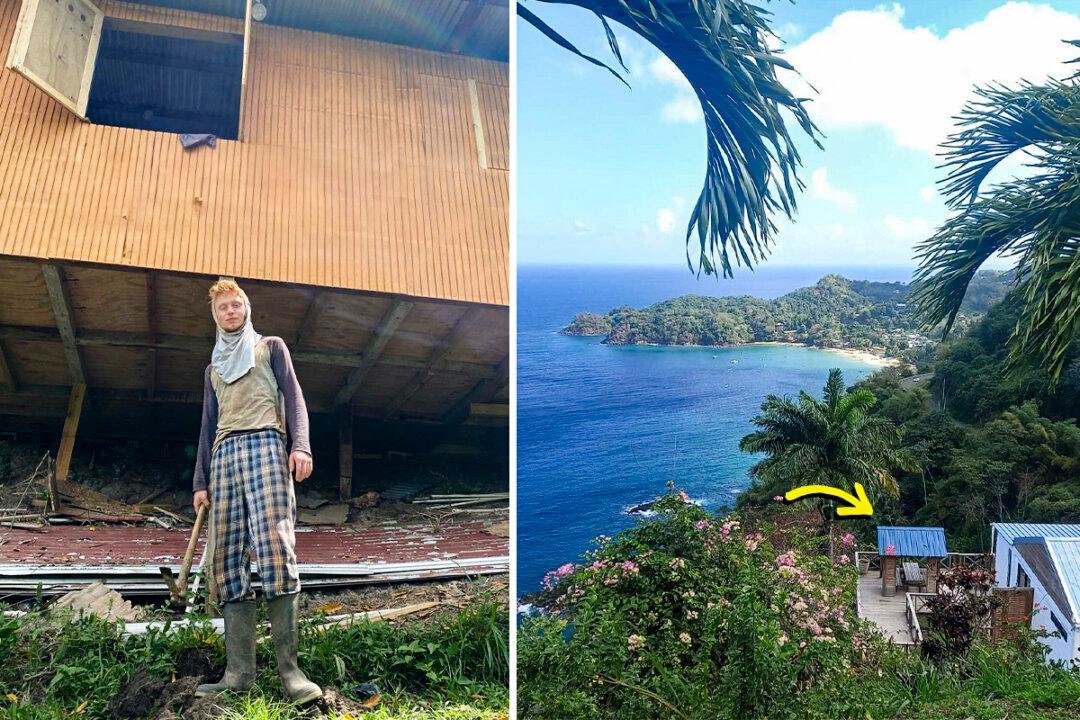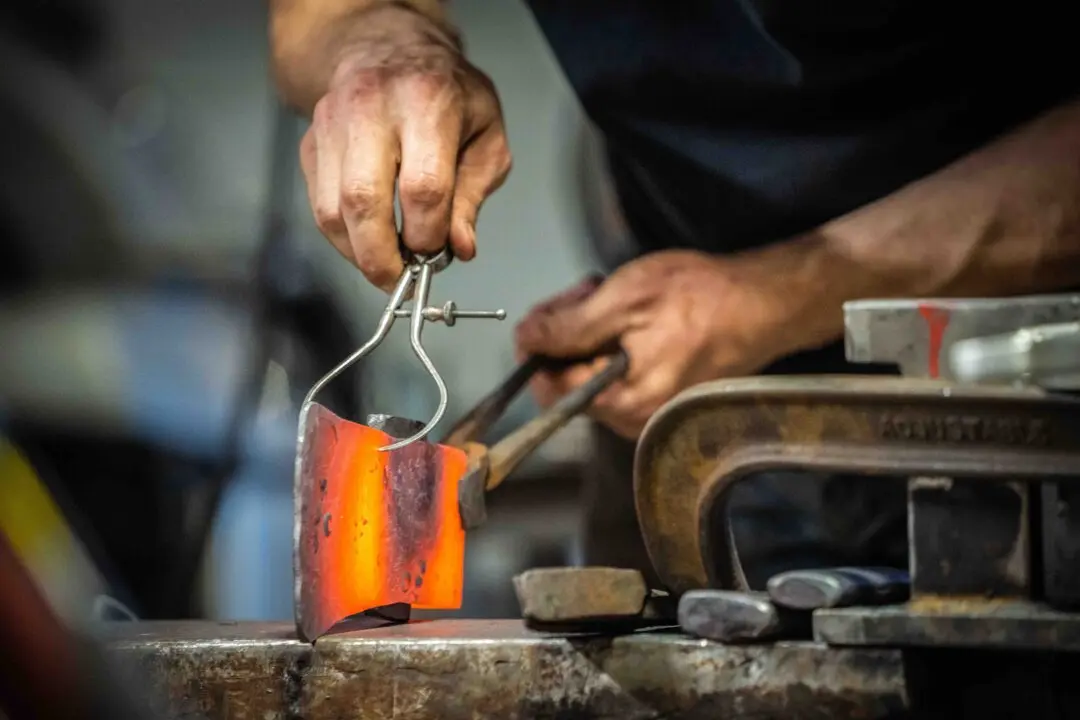Brit Alex Cassidy was 22 when he built a house in the Caribbean for just $4,000. The young musician has constructed a simple home on the island of Tobago on land his family owns.
Mr. Cassidy, now 23, spends six months wintering in the Caribbean, and six months working the busy summer season in England. His favorite part of his island house is the veranda, which faces out over palm trees.






